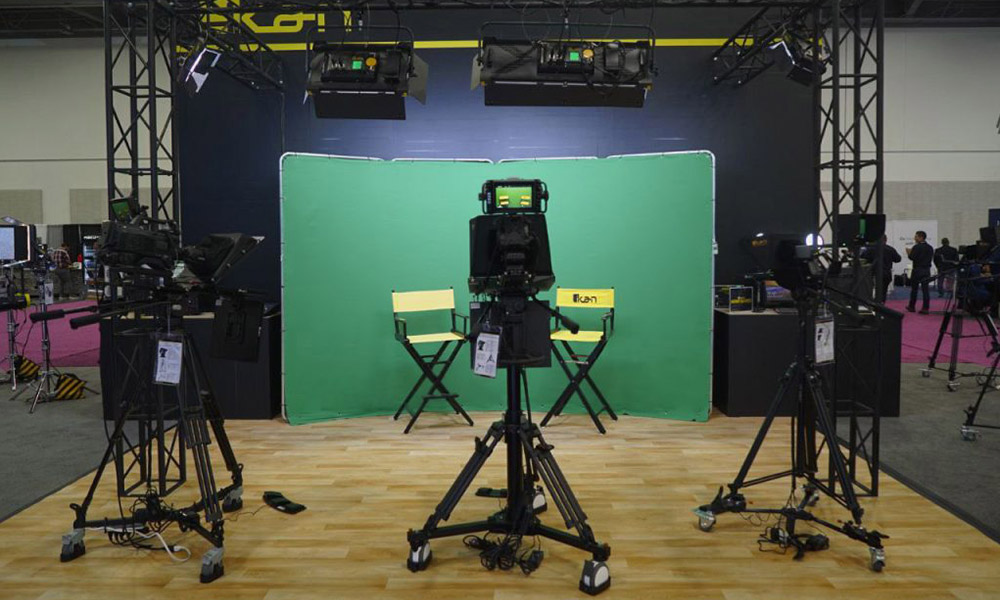
Hollywood productions use green screens to create incredible imagery, but even news programs and other productions can use a green screen to make visually engaging sets. Although these screens are valuable tools, certain mistakes during their usage can make shoots more complicated instead of more professional. Learn the right way to prepare by using this list of common mistakes to avoid when lighting a green screen.
Overlooking Uneven Areas
Before shooting with a green screen, inspect the material for uneven areas, such as folds or bumps. Simply put, you always want an even, clean screen to ensure lights interact with the material without creating unwanted shadows. Such shadows make it difficult to create realistic footage in post-production.
Paying attention to details like green screen smoothness will help you avoid making frustrating mistakes on set that create bigger problems when you start putting that footage together in post. Even small shadows can create substantial issues when working with a green screen.
Placing the Subject Too Close
Professional lighting solutions, such as DMX lighting kits, will provide you with the coverage necessary to shoot green screen footage. That said, where you place the subject on set can make or break your lighting kit’s ability to deliver. You can key out shadows, but it isn’t easy. So make sure your green screen footage looks even and engaging.
When subjects are standing too close to the green screen, their shadow becomes more prominent and thus more noticeable when analyzing your footage in post-production. If your actor stands too close to the screen, reassess your blocking until you have the best setup. Again, although shadows won’t completely ruin footage, they will make keying needlessly more laborious.
Having a Distracting Image Spill
Using the brightest lights possible isn’t the only solution to having unwanted shadows on a green screen. The third common mistake to avoid when lighting a green screen is excessively lighting it. Too much light aimed at the green screen can cause something called “spill.” Have you ever seen a movie or show in which an actor had a strange halo around their body that made the image look fake?
That’s green screen spill, and it instantly makes the footage look less professional. Avoiding shadows and spill comes down to finding the right balance of light. So even if you’re not handling the lighting equipment directly, you should put it in the hands of specialists who can use the gear with precision. Avoid sabotaging your set today using these tips to light green screens perfectly.
